Ford began using the Country Squire name to designate the top trim level of its biggest station wagon models back in the 1950 model year, with Country Squire production continuing all the way through the last of the squared-off Ford LTD Crown Victorias in 1991. All Country Squires had wood (1950-1951) or “wood” (1952-1991) body trim, and so many were sold that “Country Squire” became the generic name for any big Detroit wagon for a large chunk of the American population. Today’s Junkyard Gem is an example of the early Panther-platform Country Squire, found in a self-service yard in Sparks, Nevada last month.
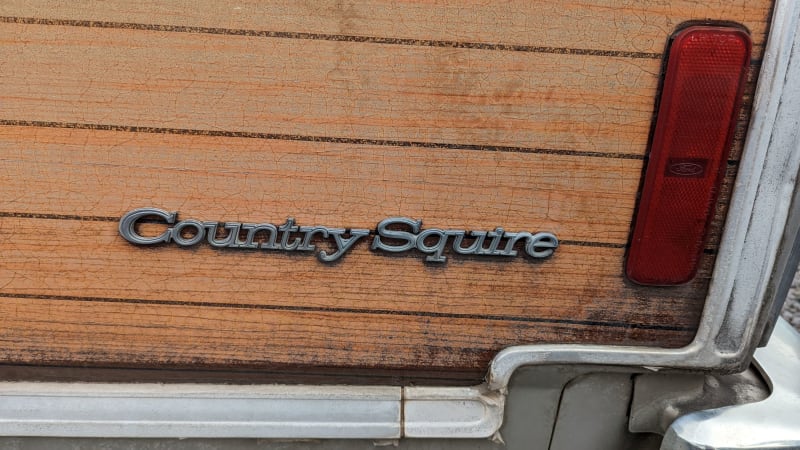
The Country Squire name was used on feature-laden wagons based on the Ford Galaxie and LTD sedans for most of its production career. Things in the LTD world got a bit confusing starting in the late 1970s, however, when Dearborn put LTD II badges on Torino-based midsize cars while downsizing the big LTD. Then the LTD name went on a luxed-up Fox-Platform Fairmont starting in the 1983 model year, with the big Panther LTDs becoming LTD Crown Victorias. The Country Squire name always went on the biggest vehicle bearing LTD badges in a given year (though the “Squire” name also got appended to lesser wagons over the years). Just to confuse everyone even more, Ford called some lower-spec full-size wagons “Country Sedans” for a while.
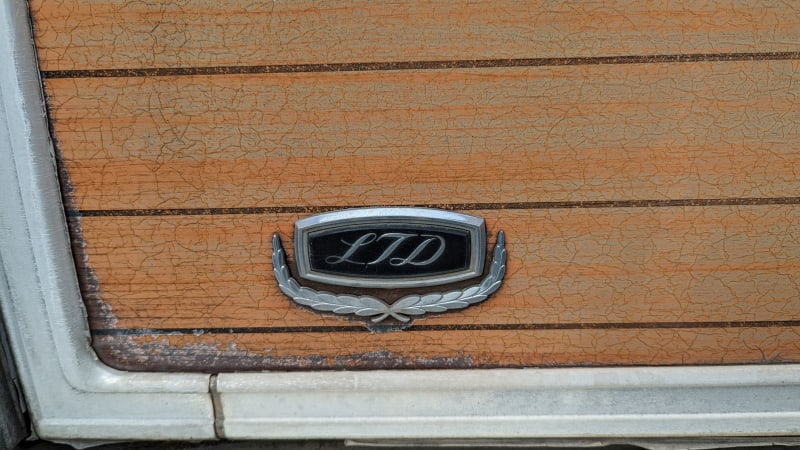
So, this wagon is an LTD Country Squire. Starting in the 1983 model year, it became the Crown Victoria Country Squire. In 1981, Ford shoppers could get a plain LTD wagon as well.
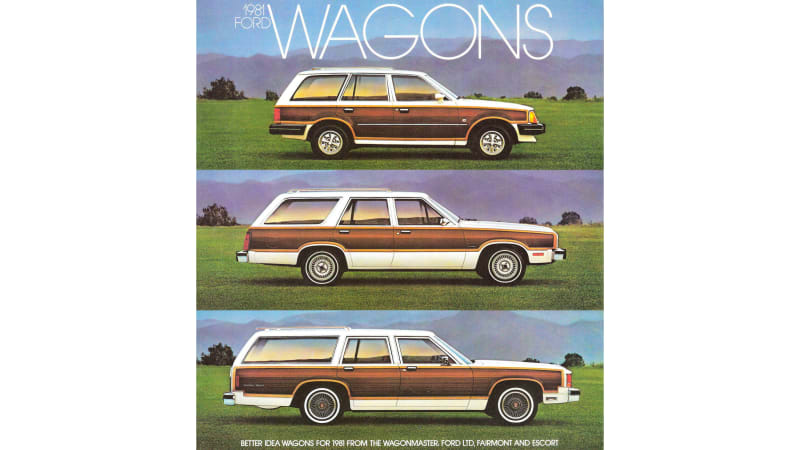
Station wagons were on the way out in the early 1980s, though few realized it at the time. It would take some time before minivans and SUVs really started kidney-punching wagon sales in the United States, though, so Ford offered three sizes of longroof (plus their Mercury counterparts) for the 1981 model year: the big LTD, the compact Fairmont, and the subcompact Escort.
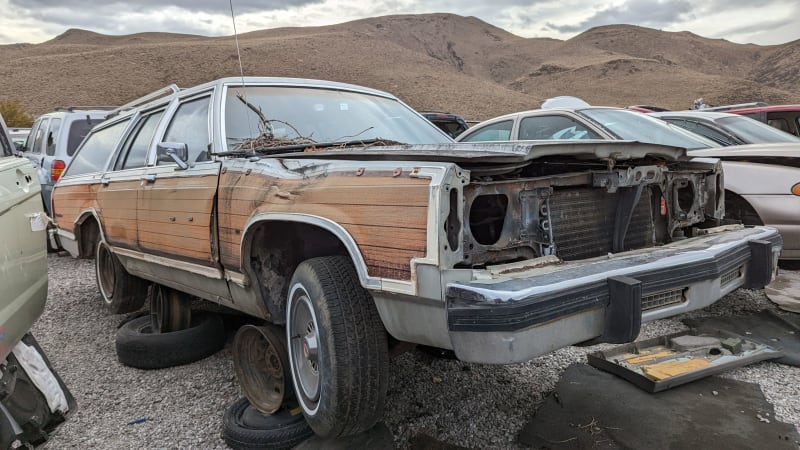
Since I’m a member of the early Generation X demographic, with a 1970s childhood full of gas lines and generally diminished expectations compared to the Boomers who preceded me, I rode in plenty of Malaise Era Country Squires as a kid. However, my family never rolled in a Country Squire, or any wagon for that matter; my parents had a 3/4-ton Chevy Sportvan Beauville, with a pair of Fiat 128s thrown in just to teach us a lesson about the fallibility of human endeavor.

This car is loaded up with pricey options, including the biggest available engine you could get in a 1981 LTD: the 351 Windsor (aka 5.8-liter) V8, rated at 145 horsepower and 270 pound-feet. The base LTD engine that year was the long-forgotten 255-cubic-inch (4.2-liter) Windsor, rated at 115 horses. Curb weight wasn’t as high as you might think, with this car scaling in at 3,737 pounds.

The 5.8 added $139 to the LTD Country Squire’s $8,775 price tag, or about $476 extra on a $30,028 car when reckoned in 2022 dollars. The air conditioning cost an additional $624 ($2,135 today). A four-speed automatic with overdrive was the only transmission available.
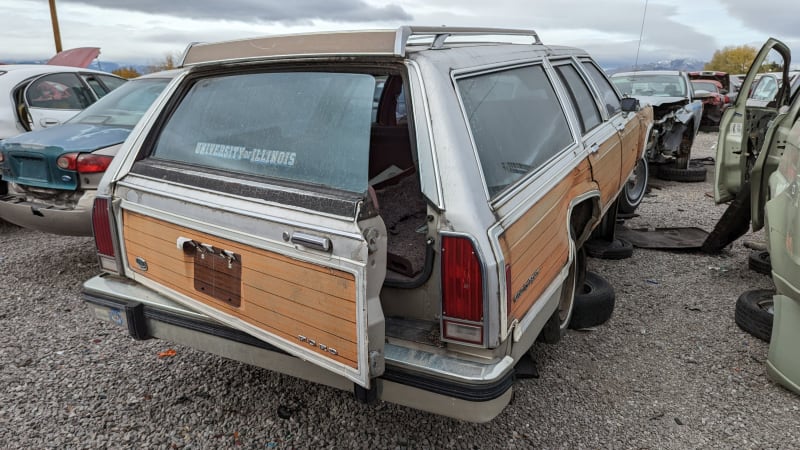
The paint is Light Pewter Metallic, which cost an additional $63 ($216 now).
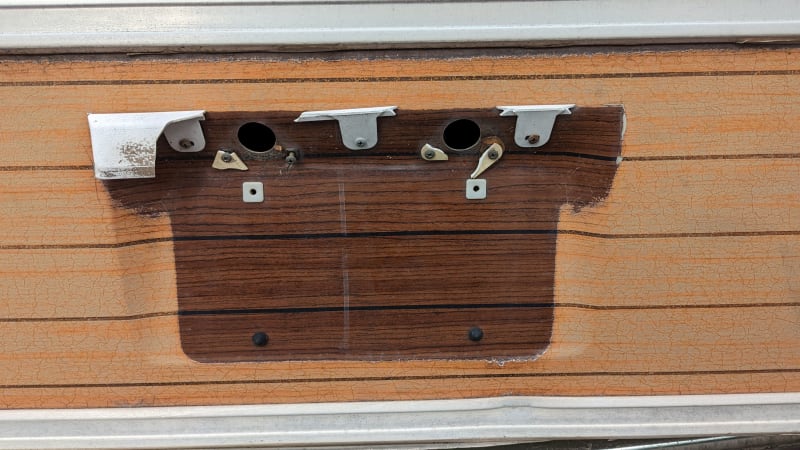
Under the license plate’s mounting area, you can see what the “wood” siding looked like before it endured 41 years of sun.
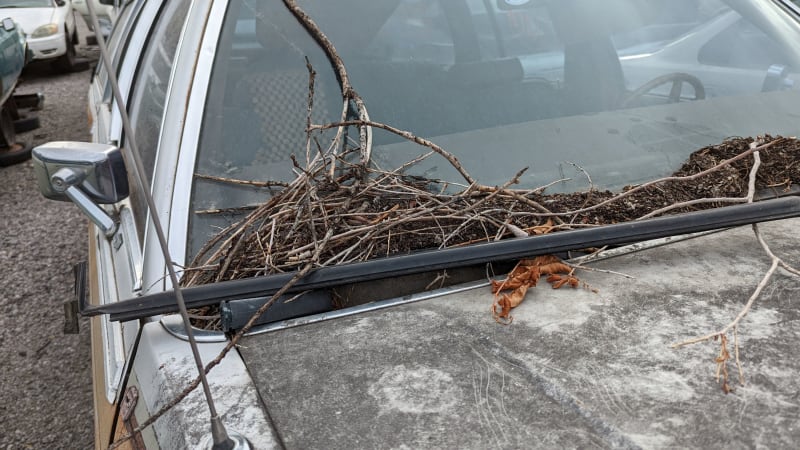
The dirt, lichens and vegetation built up on this car suggests that it spent years or decades parked outside.
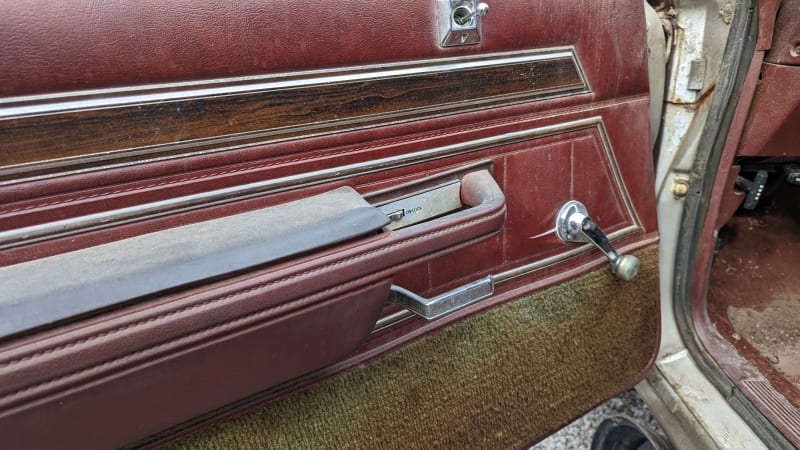
It has remote outside mirrors but not power windows. Hey, power windows would have cost $215 ($736 today) extra on this car!
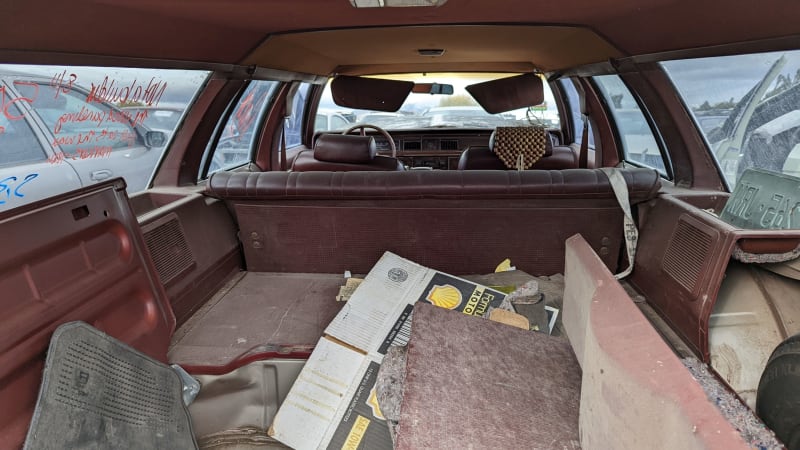
The build tag says this car was built at Louisville Assembly, where Ford Escapes and Lincoln Corsairs are made today. It was sold new through the St. Louis district sales office.
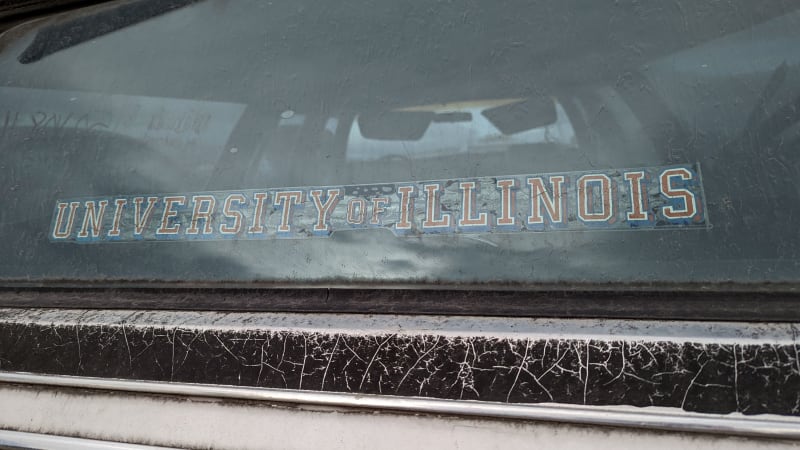
That means it probably spent at least the early part of its life in the Midwest. Here’s another clue to its origins.
Production of this generation of Country Squire continued all the way through 1991; the Crown Victoria that debuted in 1992 had no wagon version.
